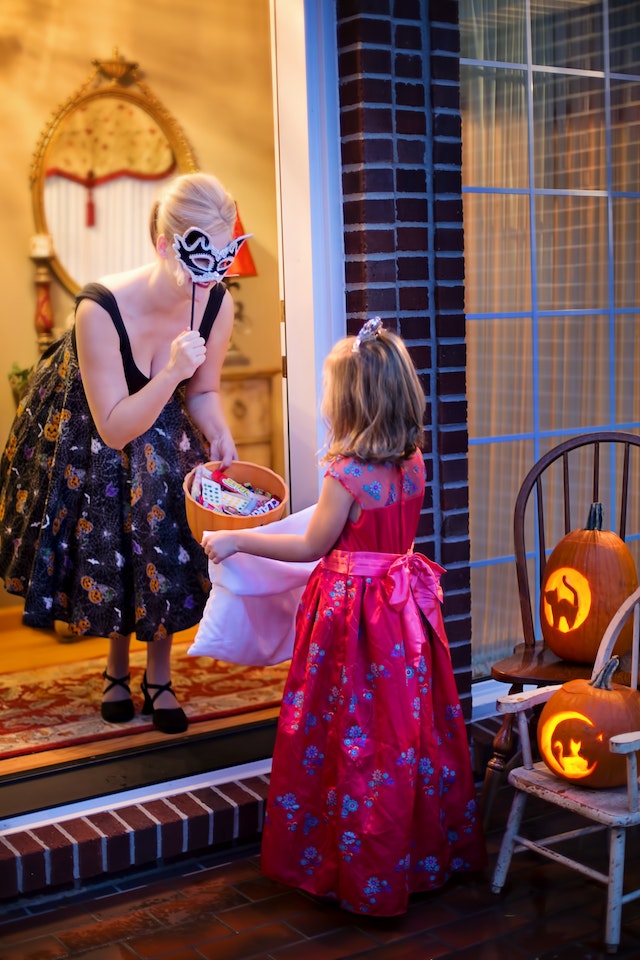Halloween is a beloved holiday for children and adults alike, but with the spooky festivities also comes serious safety concerns. While kids enjoy trick-or-treating and indulging in sweets, it’s essential to prioritize their safety, especially when it comes to food.

This Halloween, don’t let food dangers be the reason for feeling spooky. Halloween food safety is everyone’s responsibility to ensure a safe celebration!
Inspect Treats
Inspect all Halloween candy before letting your child dive into their Halloween loot. Discard any items that appear to be tampered with or have damaged packaging. “Inspect commercially wrapped treats for signs of tampering, such as an unusual appearance or discoloration, tiny pin holes, or tears in wrappers,” note food safety lawyers from The Lange Law Firm, PLLC, “Throw away anything that looks suspicious.”
To prevent temptation and snacking before inspecting the candy, consider providing your children with a filling meal prior to trick-or-treating.
Check Labels
If your child has food allergies, especially those to nuts or soy, carefully examine candy labels. Candies and chocolates should include allergen information to inform parents and children of potential risks.
Remain vigilant for any signs of an allergic reaction after consuming Halloween candy; common symptoms include hives, itching, swelling, difficulty breathing or stomach upset. If you suspect an allergic reaction, seek medical attention immediately.
Teach Safe Candy Consumption
Encourage your child to enjoy candy in moderation. Discuss the importance of pacing oneself and not overindulging in sugary treats to promote healthy eating habits and reduce the risk of stomachaches and sugar crashes on Halloween night!
Establish clear boundaries for when and how much candy your child can eat, especially during the trick-or-treating process. Consider setting a specific daily or weekly candy allowance.
Practice Proper Hand Hygiene
Remind your child to wash their hands thoroughly before eating any candy. Trick-or-treating can be a hands-on activity. Clean hands help prevent the transfer of germs and bacteria.
Be Mindful of Choking Hazards
Some Halloween candies, like hard candies, gum or small toys that come with treats, can contain choking hazards. Keep an eye out for any items that could be too small or hard to safely consume and remove them from their Halloween loot.
Store Candy Safely
After a Halloween candy haul, store the treats in a safe place. Keep the candy stash out of kid’s reach to ensure they don’t sneak extra treats between meals. Storing in a dark and cool place can also help maintain the freshness and quality of the candy!
Consider Alternatives to Candy
Halloween treats don’t have to be all about candy. Consider offering alternative, healthier treats, such as mini bags of pretzels, fruit snacks or non-food items like stickers, small toys, or temporary tattoos. These options can be appealing and provide variety for your child and the neighborhood.
Avoiding Spooky Consequences of Halloween Treats
By following the tips above, you can help ensure your Halloween celebration is not only spooktacular but also safe. Promote a healthy and enjoyable Halloween experience for everyone in your community by using these tips and sharing them with children, fellow parents, school administrators and neighbors. With proper precautions in place, you can focus on making lasting Halloween memories while keeping your little ones safe and sound.
















Add Your Comment